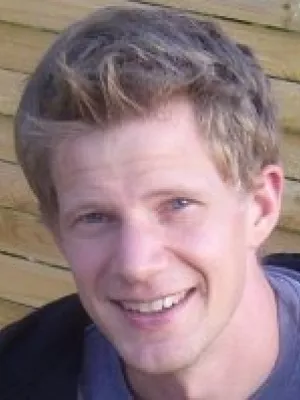
Martin Jarenmark
Forskningsingenjör

Visualizing the coordination-spheres of photoexcited transition metal complexes with ultrafast hard X-rays
Författare
Summary, in English
The concept of coordination sphere (CS) is central to the rational development of hierarchical molecular assemblies in modern chemistry. Manipulating the organization around transition metal ions with covalent and supramolecular interactions is a general strategy that underlies most synthetic protocols. Achieving similar control for photoexcited molecular complexes is necessary to advance the design of light-driven functionalities. This objective calls for monitoring the ultrafast dynamics of the primary (1-CS) and the secondary (2-CS) coordination spheres on the atomic scale, which remains to date an important experimental challenge for short-lived species. In this work, transient wide-angle scattering of hard X-rays (25 keV) is employed with state-of-the-art AIMD simulations in order to visualize the 1-CS (solute-only) and the 2-CS (solvation cage) of the photoinduced high-spin (HS) state for [Fe(bpy)
3
]
2+
(bpy = 2,2′-bipyridine) in aqueous solution. Correlating this structural information in real-space reveals the interlacing of the two CS, which in turn explains why solvation affects the photoinduced electronic and structural dynamics in this class of complexes. More generally, these results obtained for a prominent prototypical system in ultrafast X-ray sciences demonstrate the unique perspectives offered by this technique to gain the crucial knowledge about the multiscale solvation dynamics that is currently missing for controlling the solute-solvent interactions in advanced functional nano and biomaterials employed for photoconversion.
Avdelning/ar
- Berggrundsgeologi
Publiceringsår
2019
Språk
Engelska
Sidor
9277-9284
Publikation/Tidskrift/Serie
Physical Chemistry Chemical Physics
Volym
21
Issue
18
Dokumenttyp
Artikel i tidskrift
Förlag
Royal Society of Chemistry
Ämne
- Theoretical Chemistry
Status
Published
ISBN/ISSN/Övrigt
- ISSN: 1463-9076

